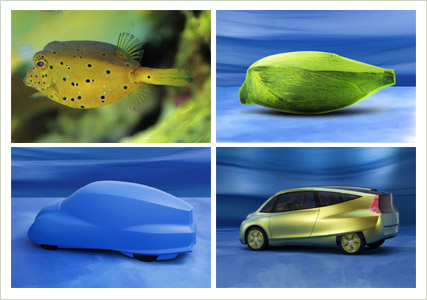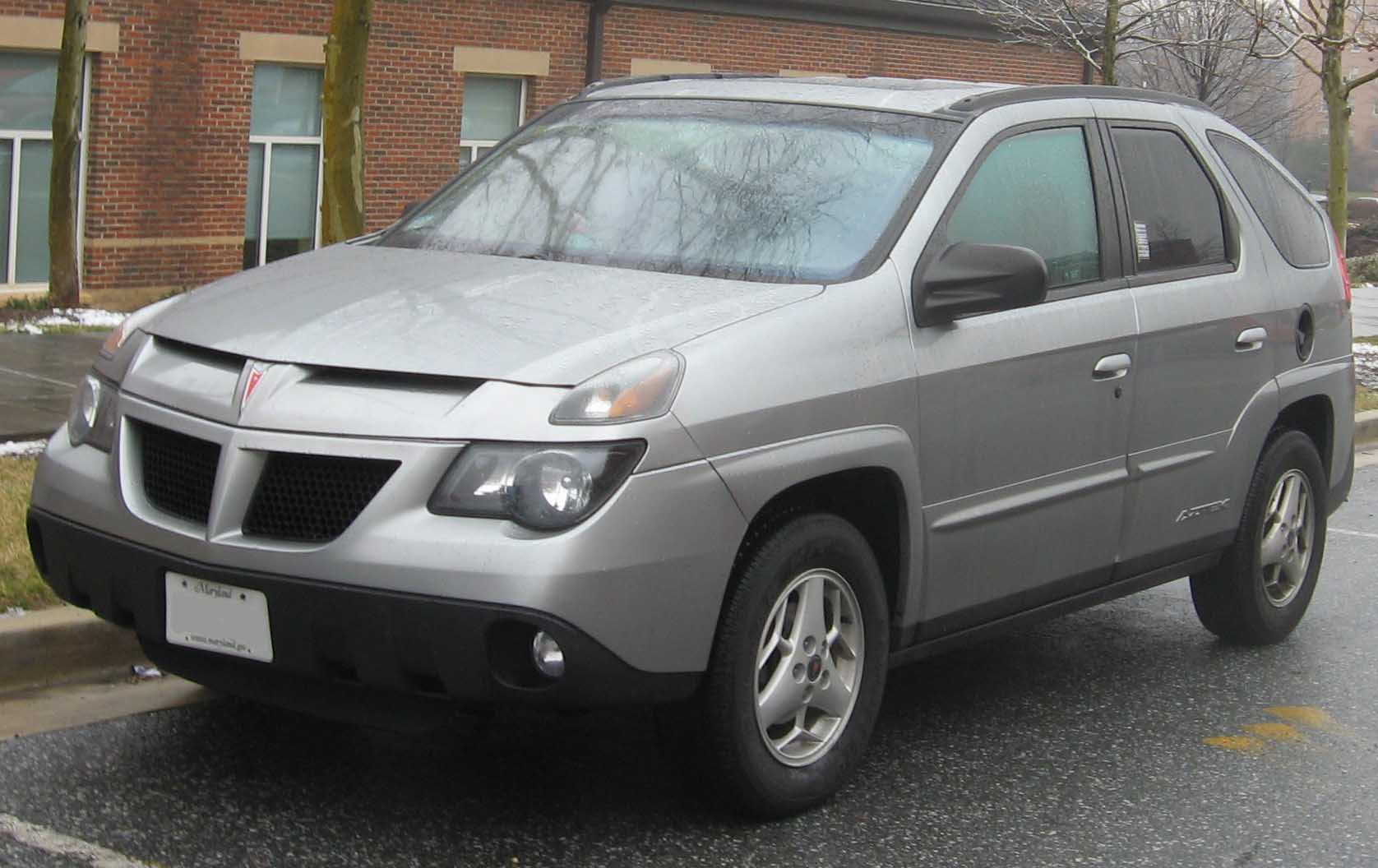And Why Tharoor's Brief for Israel Is Not Convincing.Perhaps, it was a well-intended article, meant to instill sense to the senseless people who have been clamoring for an all-out war with Pakistan to take out the terrorist camps and to put an end to the terrorist strikes that have become so commonplace lately. I said perhaps. Perhaps because I still respect the author for his writings that used to uphold the plurality and secularism of India; for all that he has written against the growing clout of the majority fundamentalism in India. But then, I wrote perhaps. Perhaps because the Haaretz article does not read like one from the celebrated author and champion of Indian plurality, who once wrote if America is the melting pot of cultures, India is more like a thali meal, where each dish has its own character and taste and yet complements each other in making the meal a satisfying repast.
India's Israel Envy, read the title, which the author later attributed to the Israeli newspaper editors. But, for all that one understands from the piece, the title just sums up what Mr. Tharoor says in so many words-a case of sour grapes.
Look at the words used in the first paragraph. "As Israeli planes and tanks were exacting a heavy toll on Gaza, India's leaders and strategic thinkers were watching with an unusual degree of interest - and some empathy." Unusual degree of interest and some empathy from India's leaders and strategic thinkers, it says. For all that we know, our country and most of our leaders till very recently-that is until the BJP Government opened diplomatic channels with Israel-had their sympathies with the people of Palestine, for their just cause, for all their sufferings. And even now, the right-thinking people of this country who haven't lost sense of justice have their sympathies with the cause of Palestine. So, from where does this interest-isn't it such a positive word? Like watching a cricket match? I thought we watched terrorist attacks - government-sponsored and private - with anxiety, and not interest-come from? And empathy? Well, only Mr. Tharoor knows when did our sympathies for Palestine people transform into empathy for Israel.
Mr. Tharoor's admiration for the Israeli action becomes clear as he goes on eulogizing Israeli determination in dealing with the Hamas. As if to show that he is not the only Indian charmed by the Israeli iron fist, he writes that the Indians have been nodding in appreciation and asking "why can't we do the same?"
He continues:
"For many Indians, the temptation to identify with Israel was strengthened by the terrorists' seizure of the Chabad House, and the painful awareness that India and Israel share many of the same enemies. India, with its 150 million Muslims, has long been a staunch supporter of the Palestinian cause, and remains strongly committed to an independent Palestinian state. But the Mumbai attacks confirmed what has become apparent in recent years: The forces of global Islamist terror have added Indians to their target list of reviled "Jews and crusaders."
Just as Israel has frequently been attacked by rockets fired from across its border, India has suffered repeated assaults by killers trained, equipped, financed and directed by elements based next door, in Pakistan. When President George W. Bush's press secretary equated members of Hamas with the Mumbai killers, her comments were widely circulated in India."
After painfully building his argument that there are many parallels between India and Israel and cleverly putting India with the Western forces in the Us versus Them global war on terror, he declares: "Yet there the parallels end". And that line did make me hope that he was coming to the facts there. I thought he would tell us why we shouldn't put the terrorism in India and Israel in the same bracket. I thought he would tell us why people should stop eulogizing the Israeli determination and understand that what Israel is carrying out on Palestine and its people is another brand of terrorism-a state-sponsored, home-grown brand, and that Palestinians were forced to doing what they are doing now by decades of Israeli (with the active support and encouragement of the US) atrocities against the people of Palestine, that UN and the people of this world have been made mute-spectators to one of the worst human-right tragedies of our times.
Instead, he goes on to build a rather baffling argument:
"Israel is a small country living in a permanent state of siege, highly security-conscious and surrounded by forces hostile to it; India is a giant country whose borders are notoriously permeable, an open society known for its lax and easygoing ways."
The problem is with our country and our people, he says. He forgets that we are fighting different issues; except for the Islamic prefix (well, then, who said Gujarat pogrom was not a terrorist activity? What about Malegaon? Babri Masjid?), there isn't much in common. I wish I were a little too naïve to think that Sashi Tharoor doesn't know these.
What is more baffling is his parroting the Sangh Parivar line of India being a soft state. He forgets the realities. He forgets what India has been doing in fighting terrorism. He forgets that we cannot afford to have a tough-state label at the cost of basic human rights. And, most surprisingly, he doesn't talk about the causes of terrorism at all; he talks only about the symptoms and addressing the symptoms. Baffling, isn't it? A friend suggested that he might have lost his senses the moment he joined Indian politics; not that I think all our politicians are senseless, but I liked that observation for want of anything better to explain Tharoor's rather nonsensical article.
After explaining in length about why we "cannot" do what Israel is doing; he concludes:
"Yet, when Indians watch Israel take the fight to the enemy, killing those who launched rockets against it and dismantling many of the sites from which the rockets flew, some cannot resist wishing that they could do something similar in Pakistan. India understands, though, that the collateral damage would be too high, the price in civilian lives unacceptable, and the risks of the conflict spiraling out of control too acute to contemplate such an option. So Indians place their trust in international diplomacy and watch, with ill-disguised wistfulness, as Israel does what they could never permit themselves to do."
Again, look at the words; whoever said words do matter was so right I realize as I watch, disappointed, another icon, created by powerful words, being demolished by his own words. Take the fight to the enemy, he wrote, betraying his sympathies for Israeli action. Suddenly, he sounds so pedestrian, pretends like someone who has forgotten his history lessons, like one of those next-door knicker-wallahs who make sweeping statements like every madrassas in this country has terrorists in them and should be taken out along with the terrorist camps across the border. Yeah, those knicker-wallahs have long been talking about taking a few leaves out of the Israel's anti-terrorist operations.
Mr. Tharoor goes on to say that Indians watch Israel doing what they could never permit themselves to do, with ill-disguised wistfulness! And the reasons why we CANNOT do to Pakistan what Israel does to Palestine, the nuclear warheads Pakistan has; otherwise, we could have done what the US has done in Afghanistan and Iraq, what Israel continues to do with Palestine. As I finished reading the piece, I couldn't help wondering whether he has really lost his senses. Perhaps.
© yankandpaste®

















